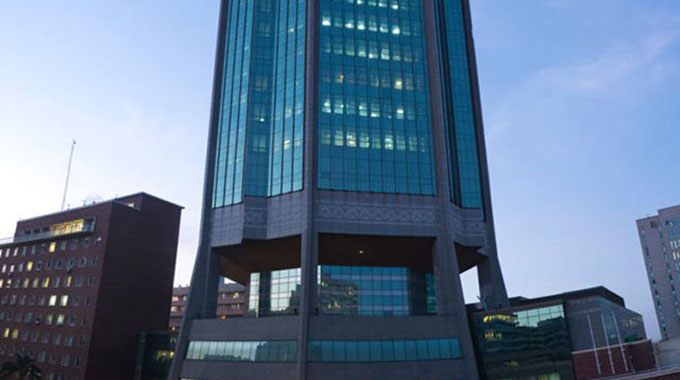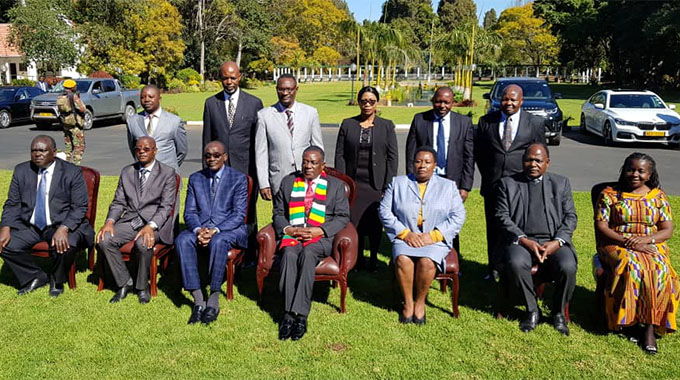Firm invests US$25m in solar power project

Africa Moyo Deputy News Editor
A local company, Harava Solar, has invested about US$25 million in the designing and construction of a 20MW solar power plant in Seke, which will see the country saving up to US$4 million per year when the firm starts feeding the national grid.
The Herald understands that the entire project, spanning 20 hectares of land, is valued at US$27,9 million and projected to start generating power from January next year.
Harava Solar co-founder and chief executive Mr Ainos Ngadya — who is also CEO and founder of Invest Solar Africa giant — told The Herald that they expected the project to be commissioned around December this year.
“Harava Solar is an independent power producer licensed to develop, design and construct an initial 20MW solar array at Bwoni Village in Seke,” said Mr Ngadya.
“We were licensed in 2018 by Zera (the Zimbabwe Energy Regulatory Authority) and approximately US$25 million has been invested to bring the project to commissioning around December 2019.
“All energy generated will be fed into the national grid, thereby saving the country at least US$4 million per year in power imports.”
Already, the company has 65 employees with 90 percent of the workforce being drawn from Seke rural.
At construction peak, Mr Ngadya expects the company to create 170 direct jobs. Job creation is in line with the Transitional Stabilisation Programme (TSP) that seeks to establish “decent jobs” for citizens for the attainment of Vision 2030 of an upper middle income economy.
The TSP also sees investments in public infrastructure, especially energy and roads, as key to unlocking economic growth potential.
The Harava Solar project comes at a time Zimbabwe is reeling from massive power shortages, which have resulted in long hours of load shedding to manage demand.
National power utility ZESA owes Eskom and HCB a combined US$74 million for power imports. Government recently released US$10 million to ZESA so that it pays part of its obligations to the two regional power utilities.
Some IPPs have previously complained that the current average tariff of $9,86c per kilowatt hour was not sustainable, hence the challenges in accessing funds to implement power projects.
The tariff is now terribly low following the removal of the 1:1 exchange rate between the US dollar and the local currency.
This means in US dollar terms, the power tariff is now about US$0,01, implying that businesses are making super profits despite not increasing employee wages and critically, paying their electricity bills to ZESA.
Industrialists owe ZESA about $350 million while domestic consumers also owe up to $300 million, farmers about $140 million and Government departments almost $350 million.
Most of the money was in US dollars, but debtors can now pay in Zimbabwe dollars given the outlawing of local transactions in multiple currencies, apart from duty payments and other specified transactions.
But Mr Ngadya says the current tariff was still “reasonable” considering that the cost of solar panels has been going down in recent years.
“The tariff seems reasonable as the cost of solar panels has been declining consistently year-over-year though it may need to be somehow indexed to US dollars as 90 percent of equipment is imported in hard currency,” he said.
Mr Ngadya said the move by Government to waive duty on solar equipment to promote its use in the country to fight power shortages was “a positive improvement and will certainly unleash further investments in the clean energy sector”.
Government believes the removal of duty on solar equipment will reduce the spur investments in the sector and reduce demand for grid electricity.










Comments